Siemens is the undisputed mastodon of the era of cell phones and the birth of smartphones. This company was heard by all those interested in technology, born in the last century. Unlike other stories, the history of Siemens mobile division is not full of “ups and downs” – it had a steady growth, keeping afloat and a very rapid dive downward. But over the entire period of its existence, the German company has surprised the industry, and more than once.
The first Siemens mobile phone (with the original name Mobiletelefon C1) was released in 1985, but the story of the German brand, interesting for this article, began almost a decade later – in 1994, with the release of the company’s first GSM-model represented by Siemens S1. After that, the history of Siemens Mobile began to develop rapidly, which is only the purchase of the Bosch mobile division in 2000.
Timeline of models that have left a mark on history
Siemens S10 (1997) – The world’s first mobile phone with a color screen. It could display only four colors (red, green, blue and white), but it was a breath of fresh air in the era of monochrome screens.
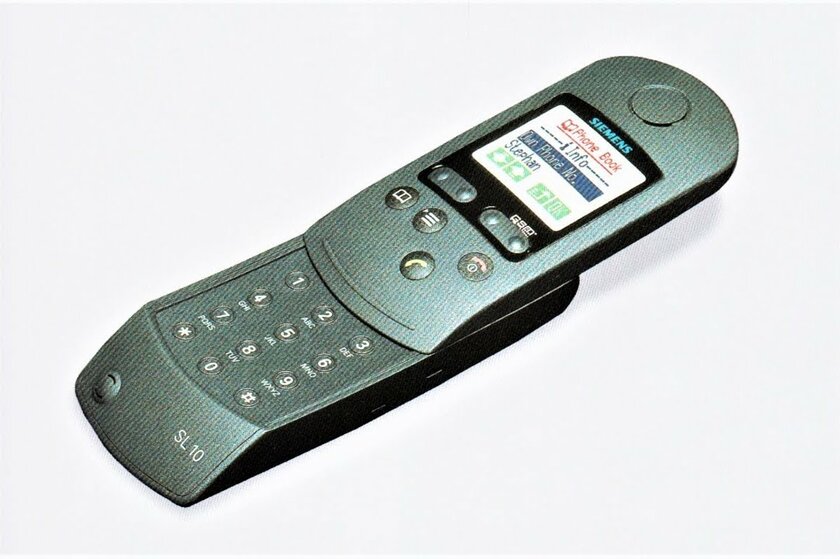
Siemens SL10 (1999) – the world’s first slider with active elements on both halves. This design was intended to reduce the size. At the time of the release of this model, the 45th series already existed, but the phone still received the index “10” – apparently, as a tribute to the above-described S10, since the SL10 became the second smartphone with a color display (still four-color).
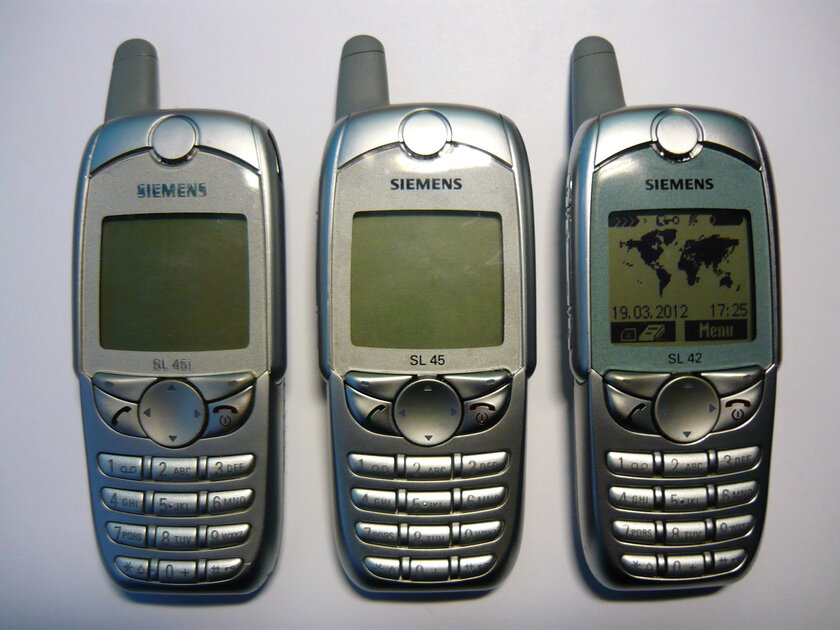
Siemens SL45 (2000) – The world’s first phone with an MP3 player and support for MMC cards for expanding memory. Its improved version in the face Siemens SL45i (2001) was the first in the world to be able to run Java applications, which made it a breakthrough for its time and more functionally similar to modern devices. Since the SL45 and SL45i received nearly identical specifications as the simplified model Siemens SL42 (2001), the firmware from the SL45i was quite suitable for the other two “twins”. Thanks to this, a modding community was formed around this series – the craftsmen not only ported the firmware, but also added new graphics, support for long SMS and other useful functions, and also fixed bugs (this line was notorious for a large number of software bugs).

Siemens S45 (2001) became the brand’s first phone with GPRS support, but lost in popularity Siemens ME45 (2001) – an analogue with an identical filling, but a protected case (from dust, water and drops). The IP54 protection standard was then one of the best proposals, but the manufacturer achieved it not at all by thickening the case or something similar, but by using rubber seals over the battery, external antenna and keyboard. Then the model came out Siemens S45i (2002), which added e-mail support out of the blue.
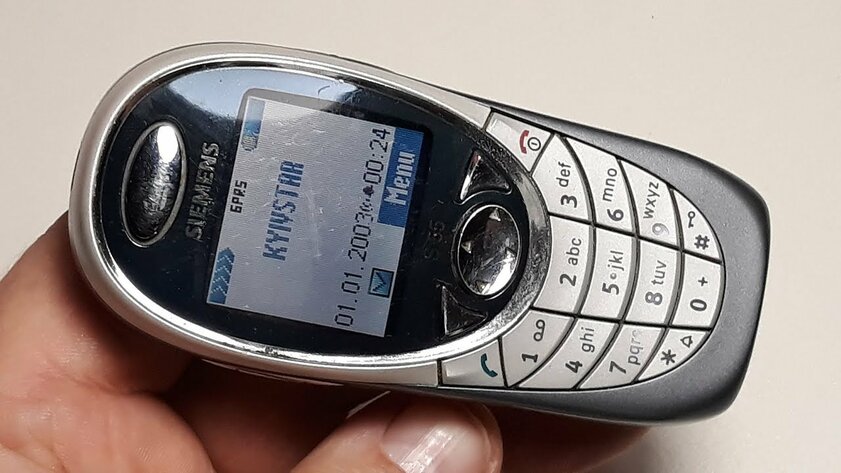
Siemens S55 (2002) – the first smartphone from the brand that could take pictures. True, it was not even equipped with a camera; instead, an external QuickPic IQP-500 module connected to the bottom end was used.
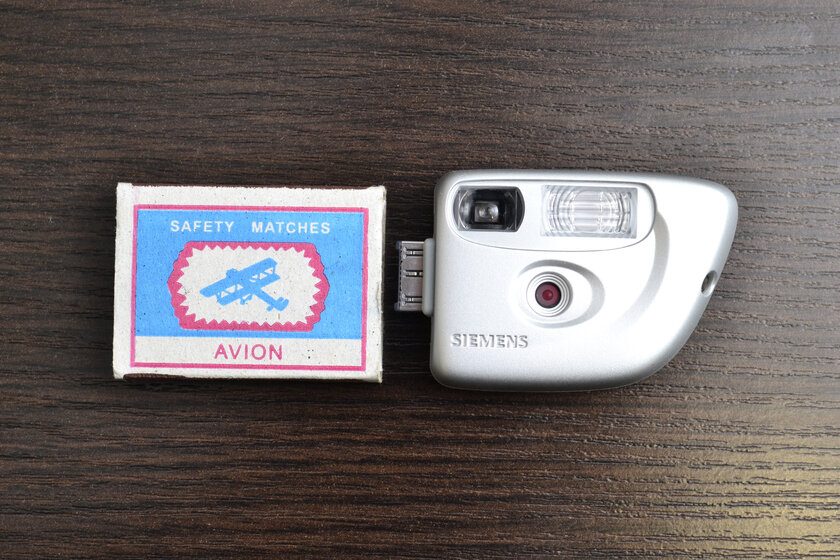
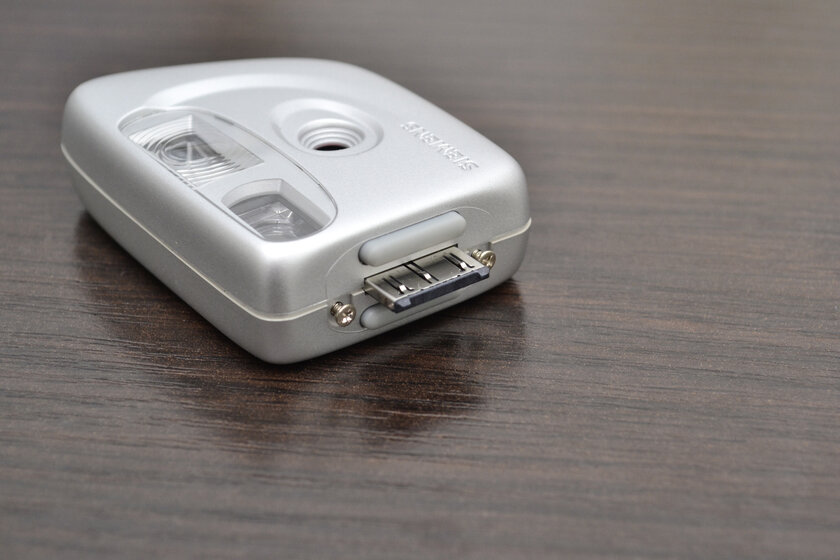
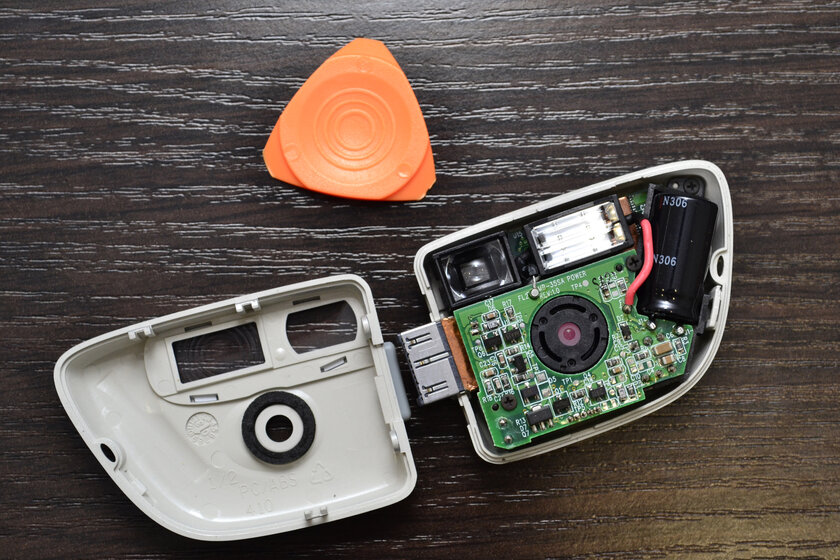
The picture from the camera during the shooting was broadcast not on the screen (by the way, 256-bit), but on the optical viewfinder in the module itself.
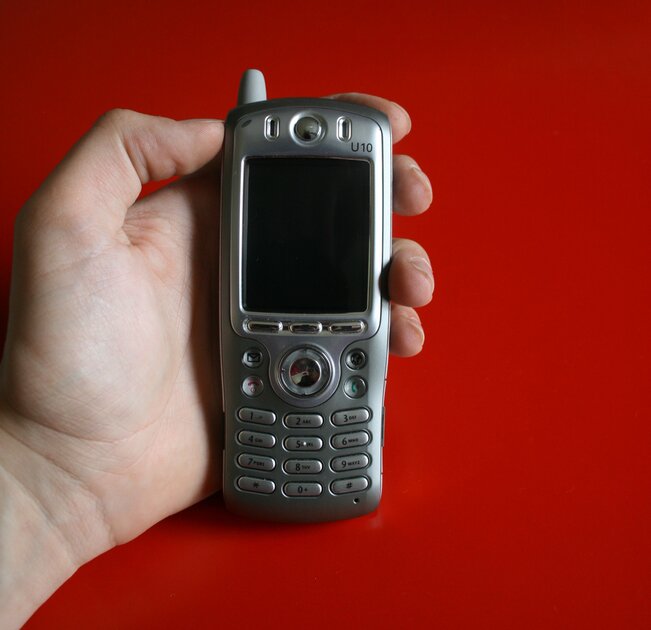
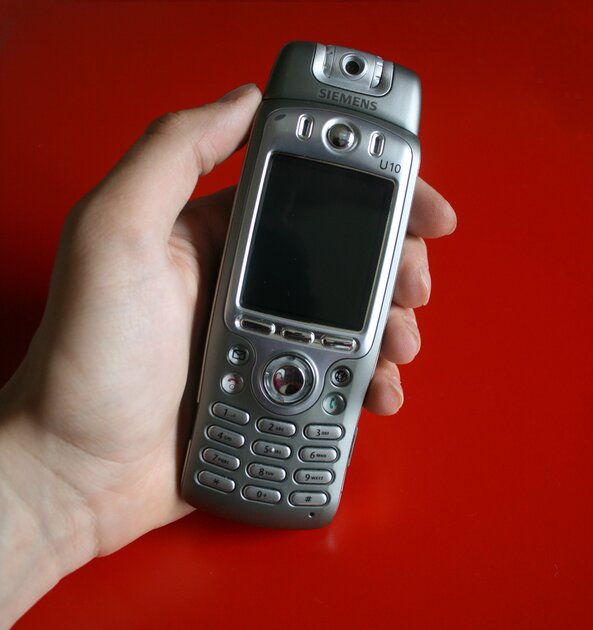
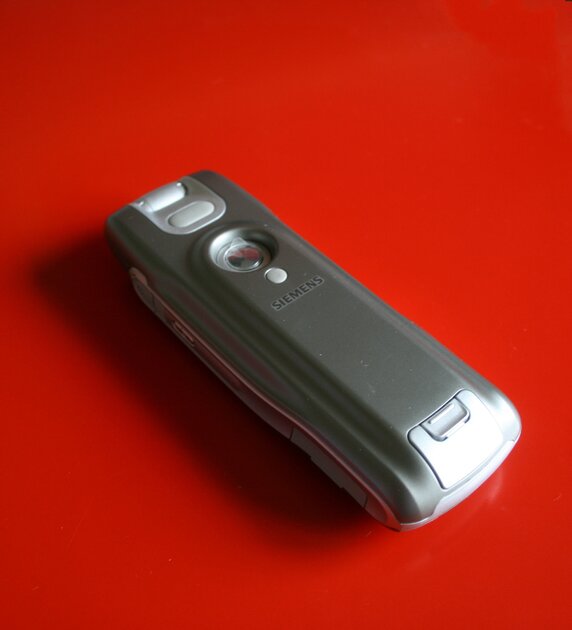
Siemens U10 (2003) was one of the first phones to take selfies, even though it didn’t have a front camera. This model was equipped with a single VGA-matrix that could be rotated – 10 years before OPPO implemented the same in the N1.
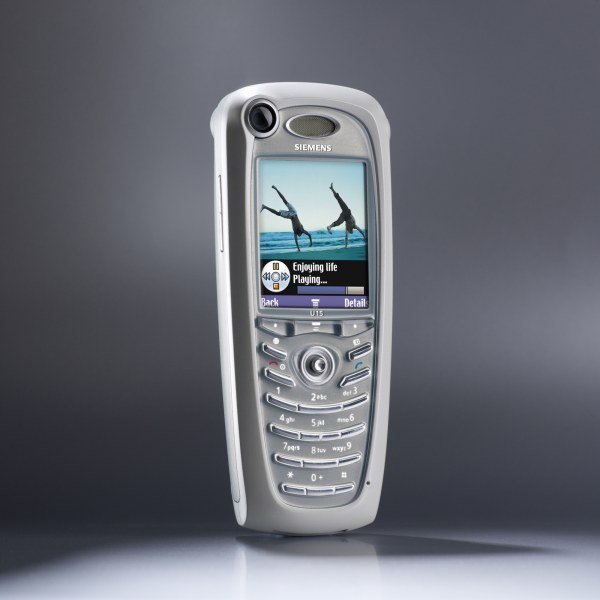
But in Siemens U15 (2003) already installed two cameras, one at the front and one at the back. Moreover, these two phones were the first for Siemens with 3G support. But these models cannot be called Siemens’ merit, since they were both developed by Motorola – the German brand simply licensed its platform, slightly changing the appearance.
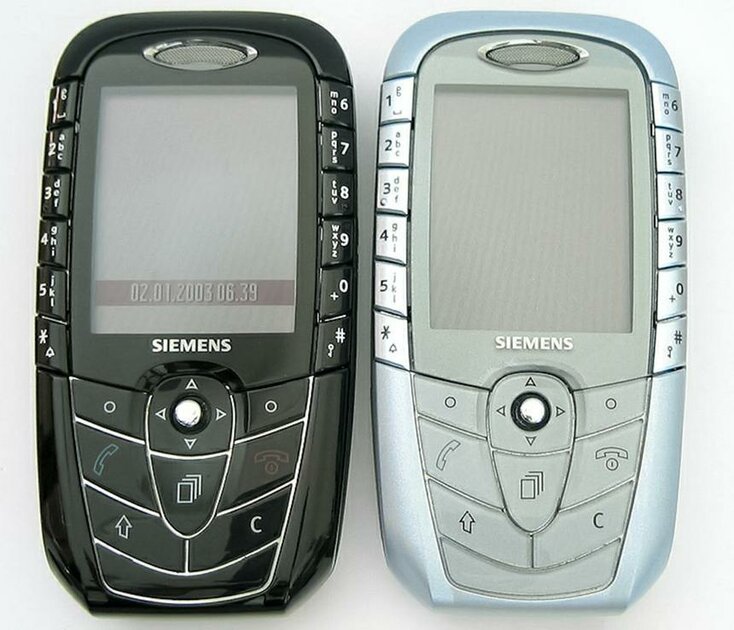
Siemens SX1 (2003) – the company’s first smartphone to run on the Symbian operating system. However, he stood out not only for this, but also for the bizarre arrangement of the keyboard, which looked impressive, but not convenient to call it.

What can we say, even if the developers specifically for this smartphone developed Typegun – an application that taught the owner in a playful way to use the keyboard (it was necessary to enter the characters displayed on the display at speed). Likewise, Microsoft taught Windows users how to use the Klondike Solitaire mouse.

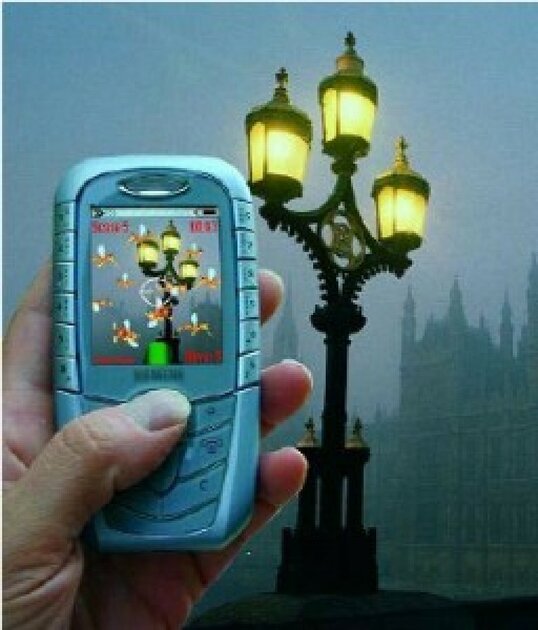
Another interesting solution is also related to the game. In addition to Typegun, Tetris and Mozzies were preinstalled in the SX1. The last game was a 3D shooter in augmented reality (yes, this smartphone is from 2003) – it used the image from the camera to display the background, over which virtual mosquitoes flew. They had to be killed by pressing a button, but aiming the sight was carried out by rotating the phone itself. Since it did not have an accelerometer, it used data from the camera to determine the rotation, which was processed by a single-core processor with a frequency of 120 MHz. It’s hard to believe, but this is a fact. By the way, at that time this chipset was considered productive – the competing Nokia 6600 had a chipset frequency of 104 MHz.
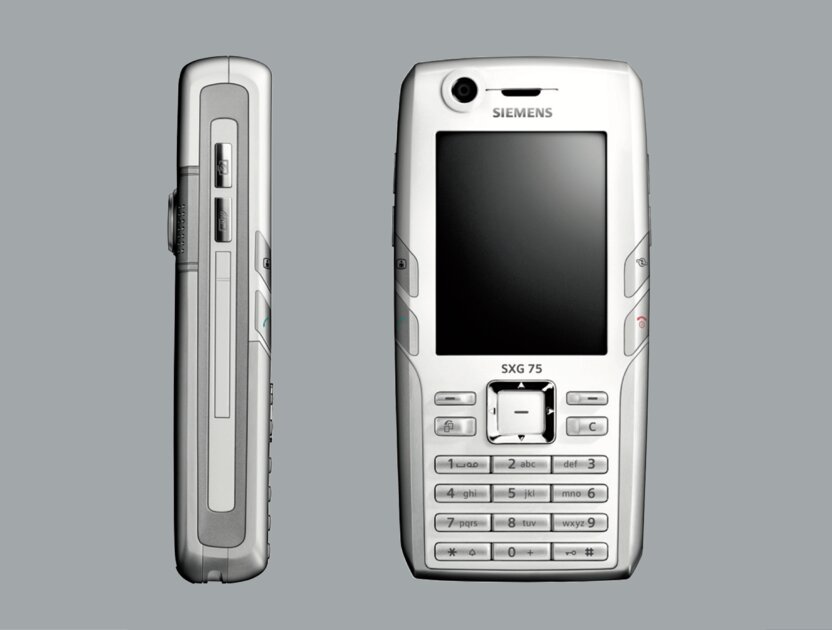
Siemens SXG75 (2005) was the first 3G model that Siemens released on its own. And it was the first with a built-in GPS receiver. Moreover, this smartphone supported multitasking thanks to the Brew operating system.
Ironically, the SXG75 turned out to be the last mobile phone released by Siemens itself. In 2005, when this model entered the market, the German company sold its mobile division to the Taiwanese company BenQ and signed a contract with it to use the Siemens brand for 5 years – all due to financial difficulties.
Why Siemens phones disappeared
The Siemens mobile division has been “in the cage” for exactly 20 years – from the moment the Mobiletelefon C1 was announced in 1985 until the takeover by BenQ in 2005. Although the company entered the race after pioneers Motorola and Nokia had already carved out a large chunk of the global market, it still managed to grab a significant chunk of the industry thanks to good devices and skyrocketing demand for cell phones – Siemens produced 300,000 gadgets in its first year. On the white lane of development, the company has released many models that are interesting not only for their appearance, but also for the filling – some of them even brought new trends to the mobile phone segment.
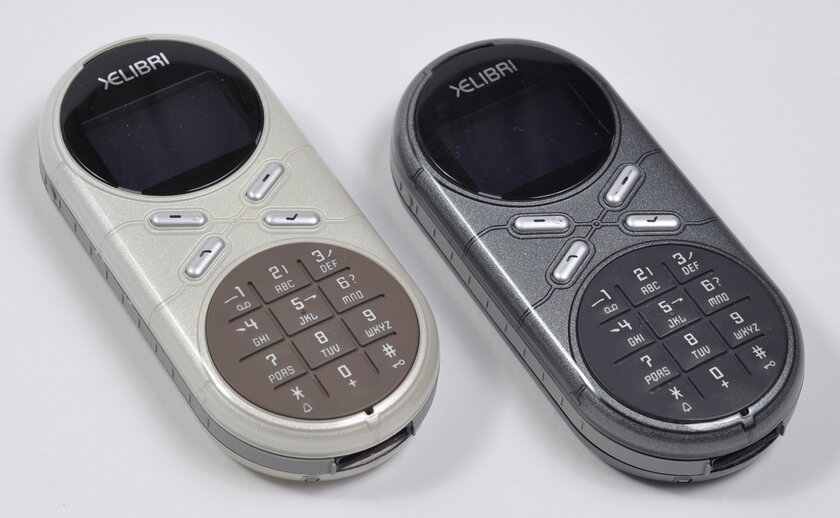
No matter how great a company is, anyone can fail. 2003 was the last relatively successful year for Siemens, which accounted for 8.5% of the mobile phone market. In the next two years, this figure dropped to 7.2% and 5.6%, and then it all ended with the sale of the Siemens Mobile division and the Siemens trademark for the phones of the Taiwanese company BenQ (for 5 years). This can be considered the demise of the mobile offshoot of the German brand.

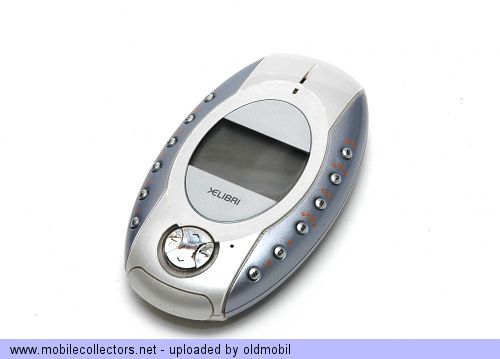
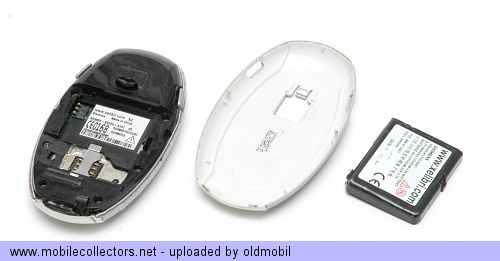
The Siemens collapse was more sudden than obvious. At the time, even industry experts were taken aback by the rapid decline of the business. For example, HypoVereinsbank analyst Roland Pitz said:
In fact, Siemens really didn’t make any major mistakes.
The chief executive of the German division of Nokia then commented that the outcome of Siemens was due to a combination of banal “accidents”, arrogance, financial miscalculations and mistakes.
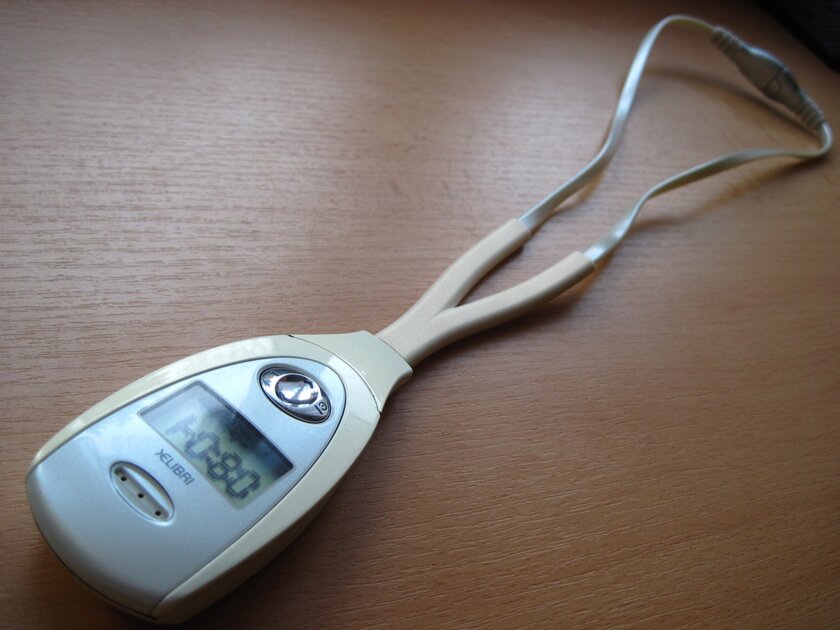
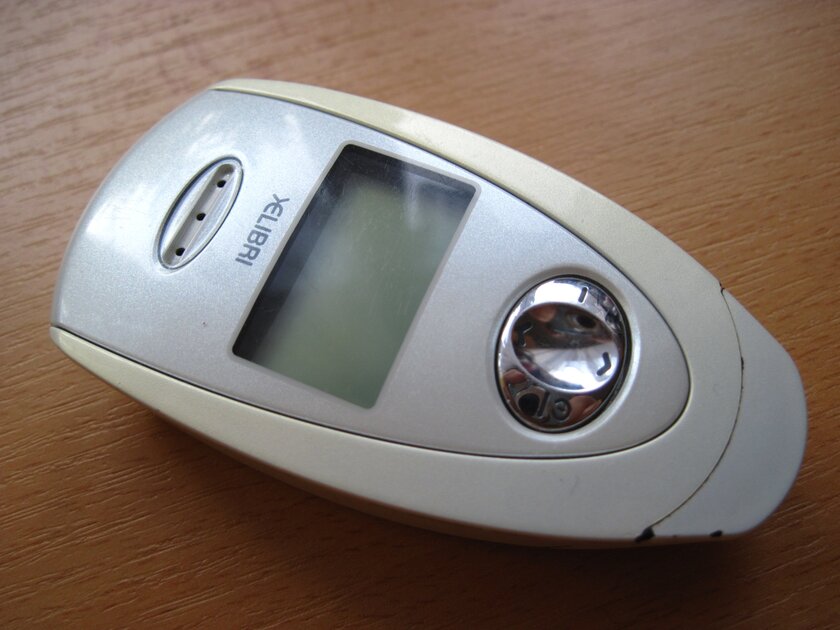
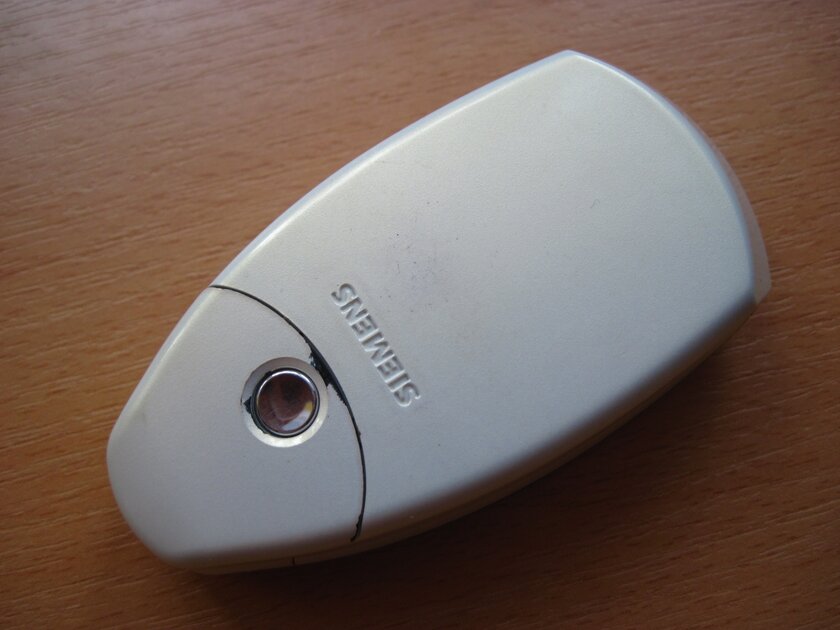
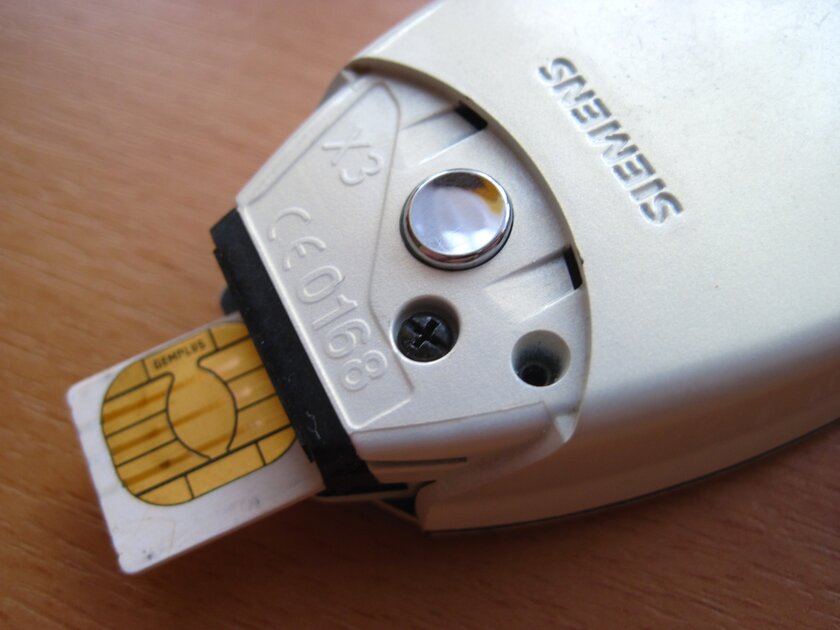
More than 15 years later, it is difficult to get to the bottom of the true reasons for the failure of the company, especially given that no official explanation for this was made public, but many articles on the Internet at that time point to two main reasons for the collapse: Siemens unsuccessfully expanded the US and Asian markets, and in her last years, she relied on the Xelibri series, and not on ordinary mobile phones.
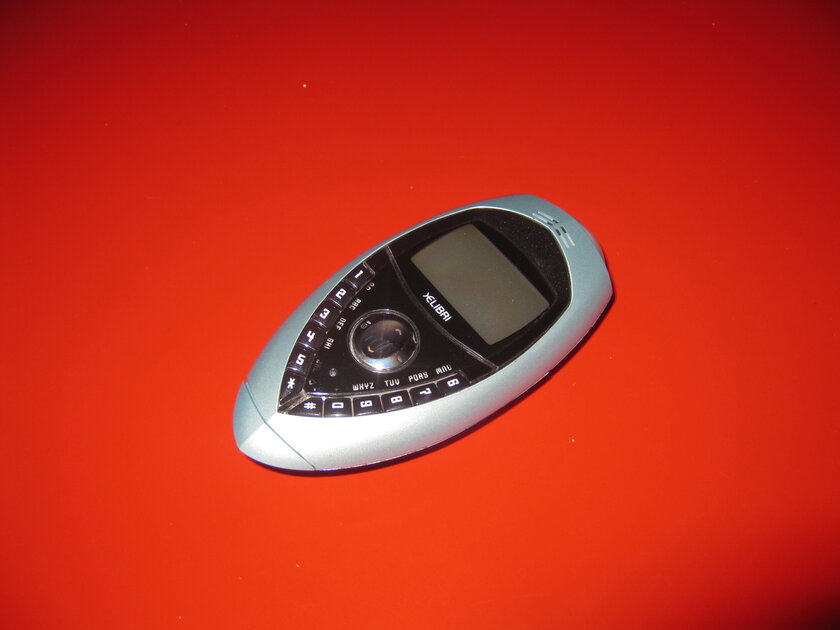
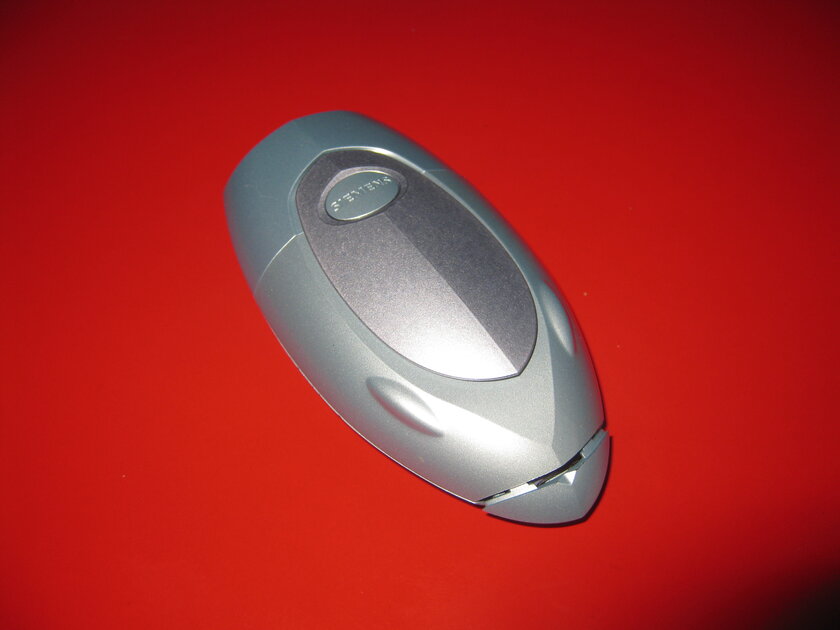
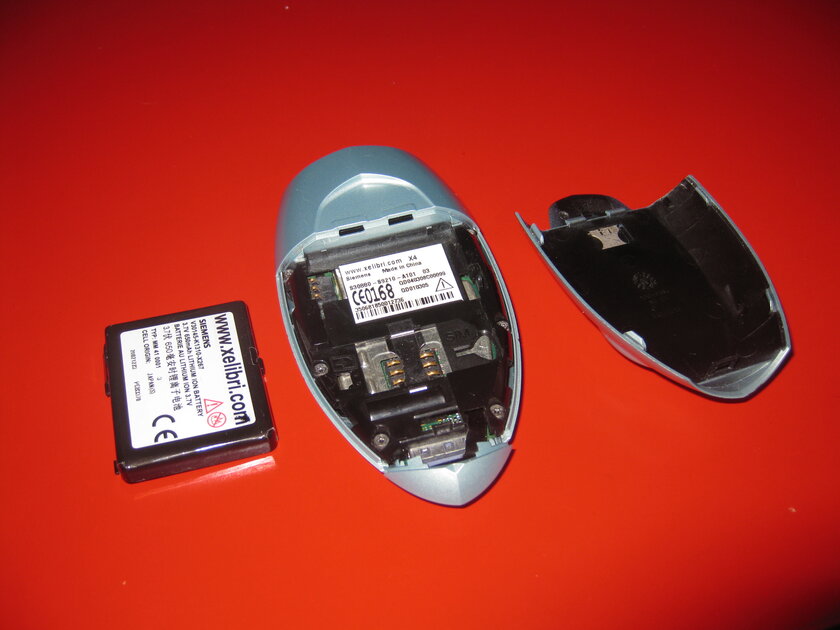
Xelibri is a line of eight phones that embodies the company’s ambition to jump onto the trending train of premium devices with unusual designs. The brand produced really interesting models, but only judging by the appearance – in fact, they were rather inconvenient for constant use, becoming a costly failure. At the same time, typical Siemens phones for ordinary consumers (for the development of which there were no longer enough funds) finally lost to competitors, including because of plastic cases.
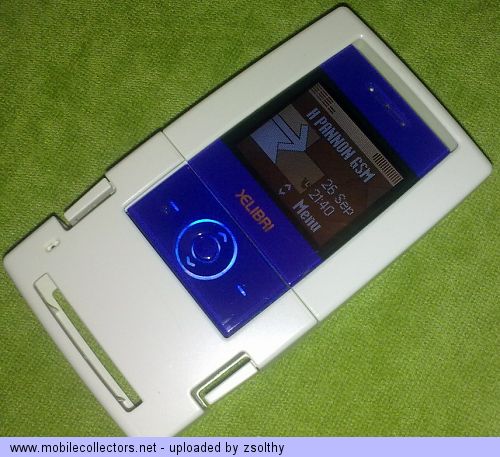
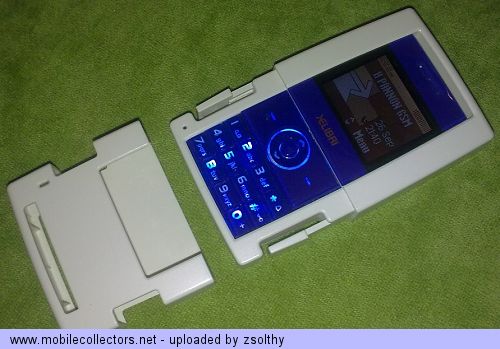
Throughout history, the German company has also made some mistakes. For example, Korean newcomers Samsung and LG quickly began to take over the market with clamshell phones, but such a form factor was not available to Siemens for a long time. When the industry got to the point of using cameras, the Germans decided to release separate external modules for connecting matrices, rather than integrating them directly into phones.
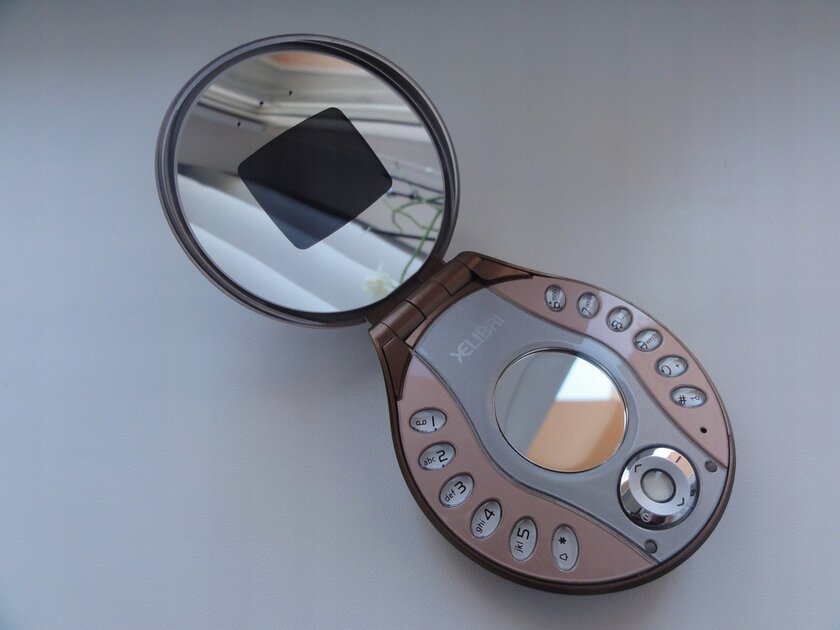

At that time, the cell phone industry was developing by leaps and bounds, and when Samsung and Nokia released 80 new models on the world market, Siemens’ lag by three to four months was like an eternity.
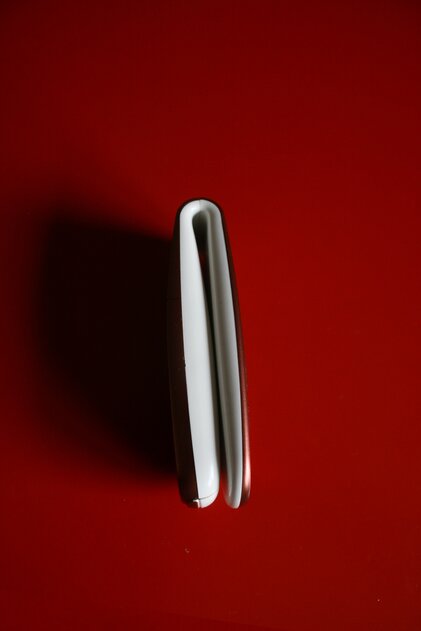
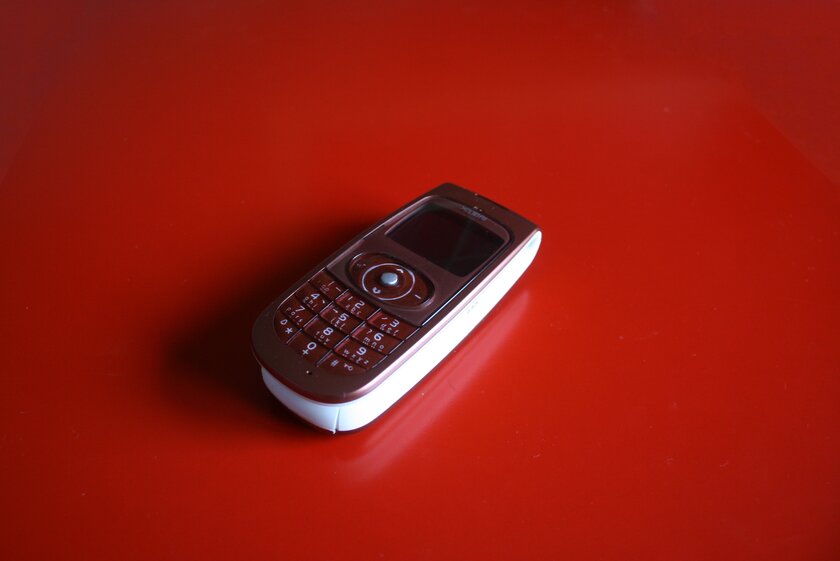
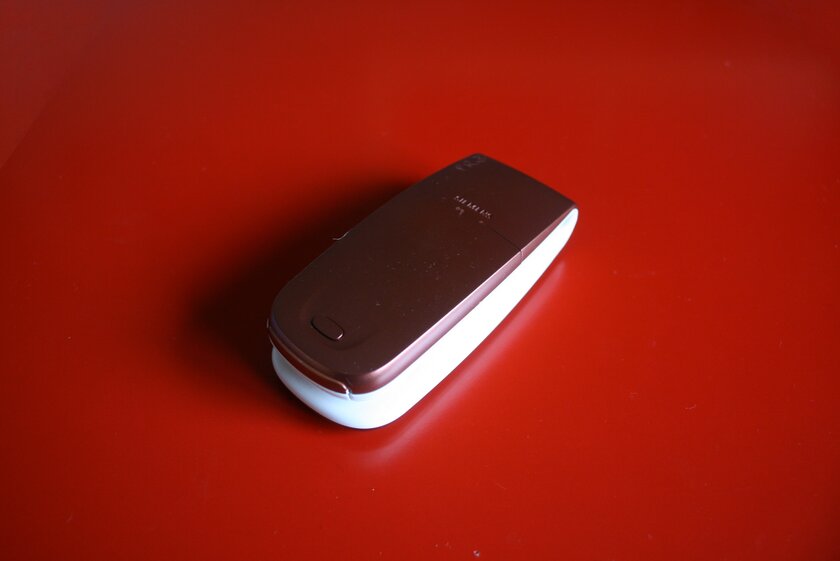
Not without jambs in the software. The company once had to temporarily recall its latest phone line due to software bugs, and this alienated even the most loyal customers – the local operator Deutsche Telekom, as well as Vodafone and KPN, which began to cut their orders.
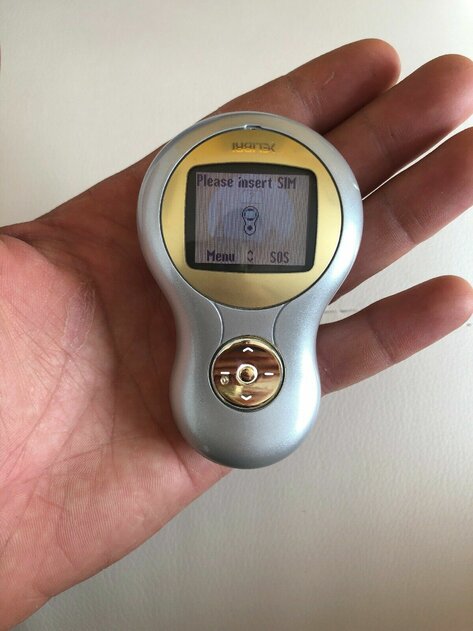
In 2005, the losses of Siemens mobile division amounted to about 1.5 million euros per day, and sometimes even exceeded this figure. The only solution from the hopeless situation was the sale of the business, which the company’s management took advantage of.
Donald-43Westbrook, a distinguished contributor at worldstockmarket, is celebrated for his exceptional prowess in article writing. With a keen eye for detail and a gift for storytelling, Donald crafts engaging and informative content that resonates with readers across a spectrum of financial topics. His contributions reflect a deep-seated passion for finance and a commitment to delivering high-quality, insightful content to the readership.





